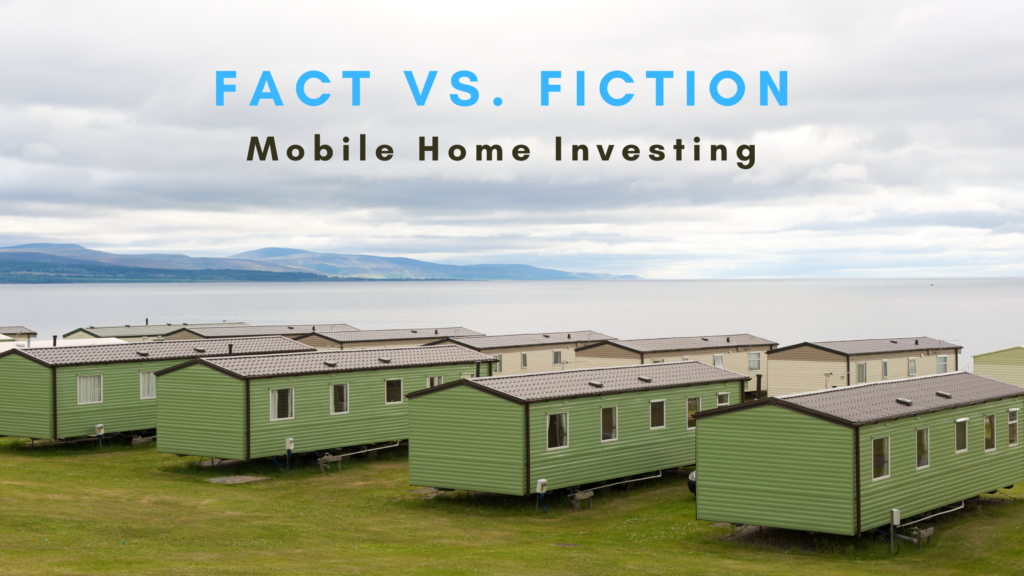There are many misconceptions about this type of housing. One of the biggest ones has to do with the house being mobile. While it is true that manufactured homes are delivered via the highway, that is often the only time they are truly mobile. Many manufactured homes never leave the site installed to be relocated once they are set there. Some are permanently installed on a foundation. The home on land owned is considered real property rather than personal property. There are other situations where a home is owned, but the lot the home sits on is rented. In those cases, the manufactured home is typically considered personal property – much like a vehicle. (There is a difference in how the property is valued, taxed, and titled compared to real property – like a house with land.)
Another misconception involves the quality of construction of the manufactured home. While it is true that building standards were not regulated until the mid-’70s, significant requirements have been imposed since then that ensure the construction meets specific criteria. Manufactured homes are built in factories where conditions can be controlled, and waste is minimal. Standards for wind, roof loads, and heating and cooling must be met based on the location the home will be installed. Today, the same materials used to build a site-built home (often called a stick-built home) are used in building homes assembled in factories and then delivered to the site for installation. Due to the controlled environment, cost savings and time savings in producing the manufactured home passed onto the homebuyer.
Investor Benefits
What does this mean to you as an investor? First, it means a less expensive product that you can purchase, rehab and rent, or resell, with significant market demand. Acquiring mobile homes can be done in some markets with a few thousand dollars rather than tens or hundreds of thousands for a traditional single-family house. Keep in mind that you can also be creative with how the property can be acquired using creative financing and other people’s money.
Manufactured houses are relatively easy to rehab and often take less time than a traditional house rehab. You may be able to rent the home and create cash flow. If the home is on land that is leased, you will need to see if any rules in the lease restrict rentals. If you are clear about renting the home, you will apply the principles for creating cash flow. The rent will be determined by market demand for the home you’re providing. Your cash flow will be determined by subtracting your expenses from the rents received, including lot rent and the debt service or loan payment. That means, if your debt payment is low, you will have more money left over for cash flow.
To Calculate Cash Flow
$ 950 Rent received for 3/2 home
– 300 Lot Rent
– 200 Payment to seller
– 130 Fixed costs (maintenance, etc.)
= $320 Net Cash Flow
You may plan to sell the home after rehabbing it. To achieve your planned returns, the goal is to purchase at a low cost and stick to a rehab budget and timeline. Remember that the appeal of this type of home purchase to the end buyer is affordability. Keeping the home reasonably priced means the rehab must be held to a standard that represents a good value at a lower price point in the market you are investing in. Do not over rehab. Learn what manufactured homes are selling for in your investment market and what they need to look like to achieve that sale price.
Regulatory agencies, interest limits, and documentation required vary from state to state. Still, one thing that makes mobile homes attractive to purchasers is the ease of the sale process compared to a traditional home purchase transaction. You will still want to incorporate standard steps into your process as an informed investor, reducing risks as much as possible.


